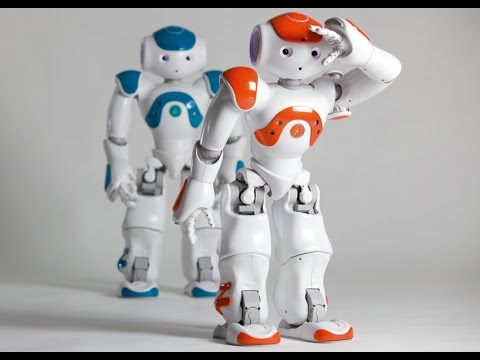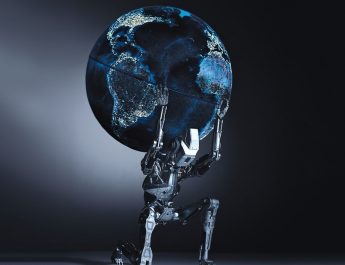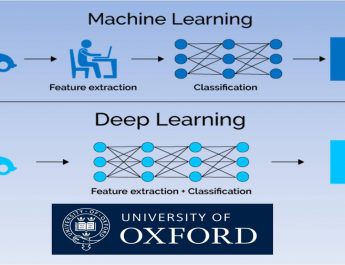Since the historic match of Baduk or Go between man and machine pitting Korean grandmaster Lee Se-dol and Alpha Go, artificial intelligence has become a buzzword in Korea.
We are at the beginning of a revolution and witnessing a revolution that is dramatically changing the way we live and work.
This new Revolution will be shaped by new wave of innovation in areas such as intelligent robots, self-driving cars, neuro-tchnological brain enhancements,the Internet of Things, Big Data and a manufacturing process built around 3D printing.
The first Industrial Revolution was about harnessing steam power so that muscle could be replaced by machines. The second was driven by electricity and a cluster of inventions from the late 19th century onwards – including the internal combustion engine, the aeroplane and moving pictures. A third revolution began in the 1960s and was based on digital technology, personal computing and the development of the internet. [1] And Artificial Intelligence is driving the Fourth Industrial Revolution.
At the Davos World Economic Forum 2016, The Forum’s Chief Economist Jennifer Blanke explained what 4th Industrial Revolution means: “If you think about the 3rd Industrial Revolution, that was really computerisation – that was the digital age that started around mid-20th century. And what we’re seeing is that the 4th Industrial Revolution is really building on that with all these exciting technologies, whether it’s biotech, artificial intelligence, 3D printing – all of these different, exciting things that are coming together.”
Everyone has noticed after the historic match of Go between man and machine that Impressive progress has been made in AI in recent years. Artificial Intelligence is all around us and some experts are sure that 4th Industrial Revolution is starting with Artificial Intelligence.
Director of Korea Institute of Science and Technology KIM Mun-sang says: “The revolution will be based on who has the most access to data and can make sense of it.”




